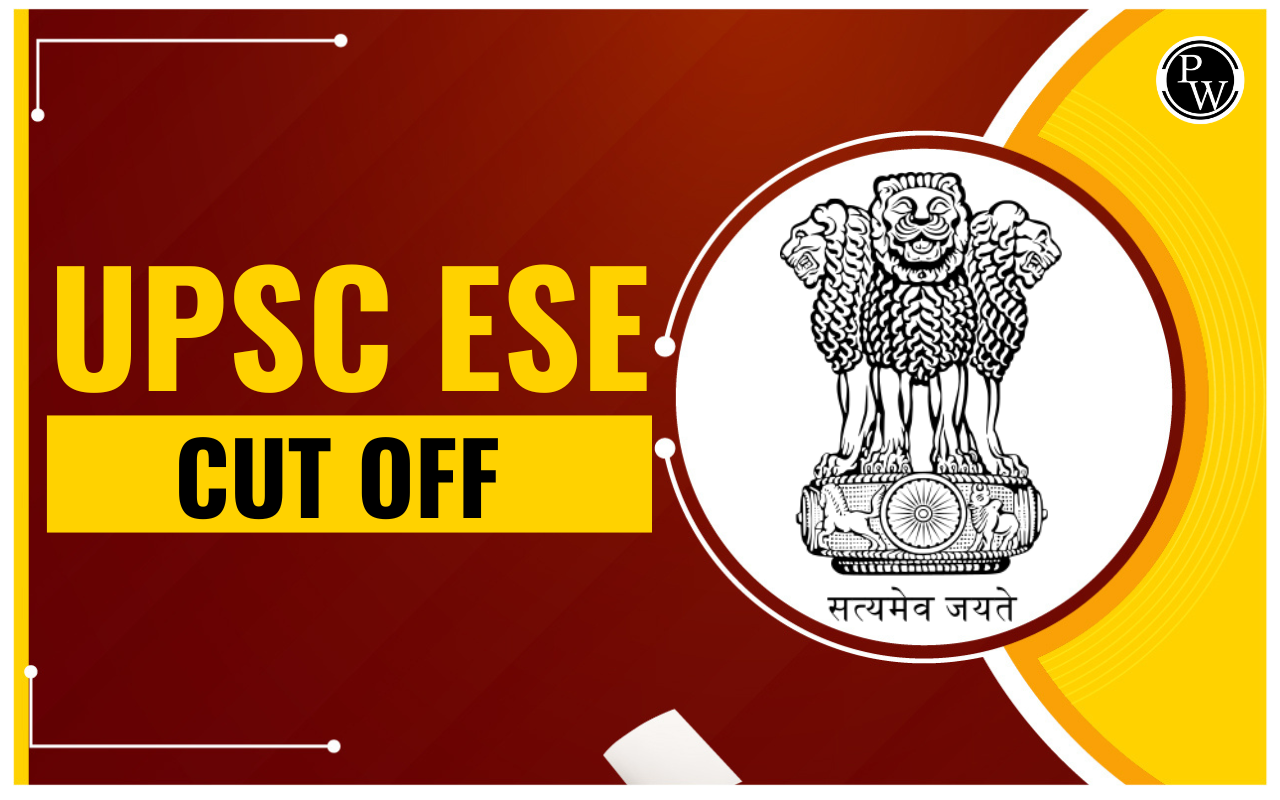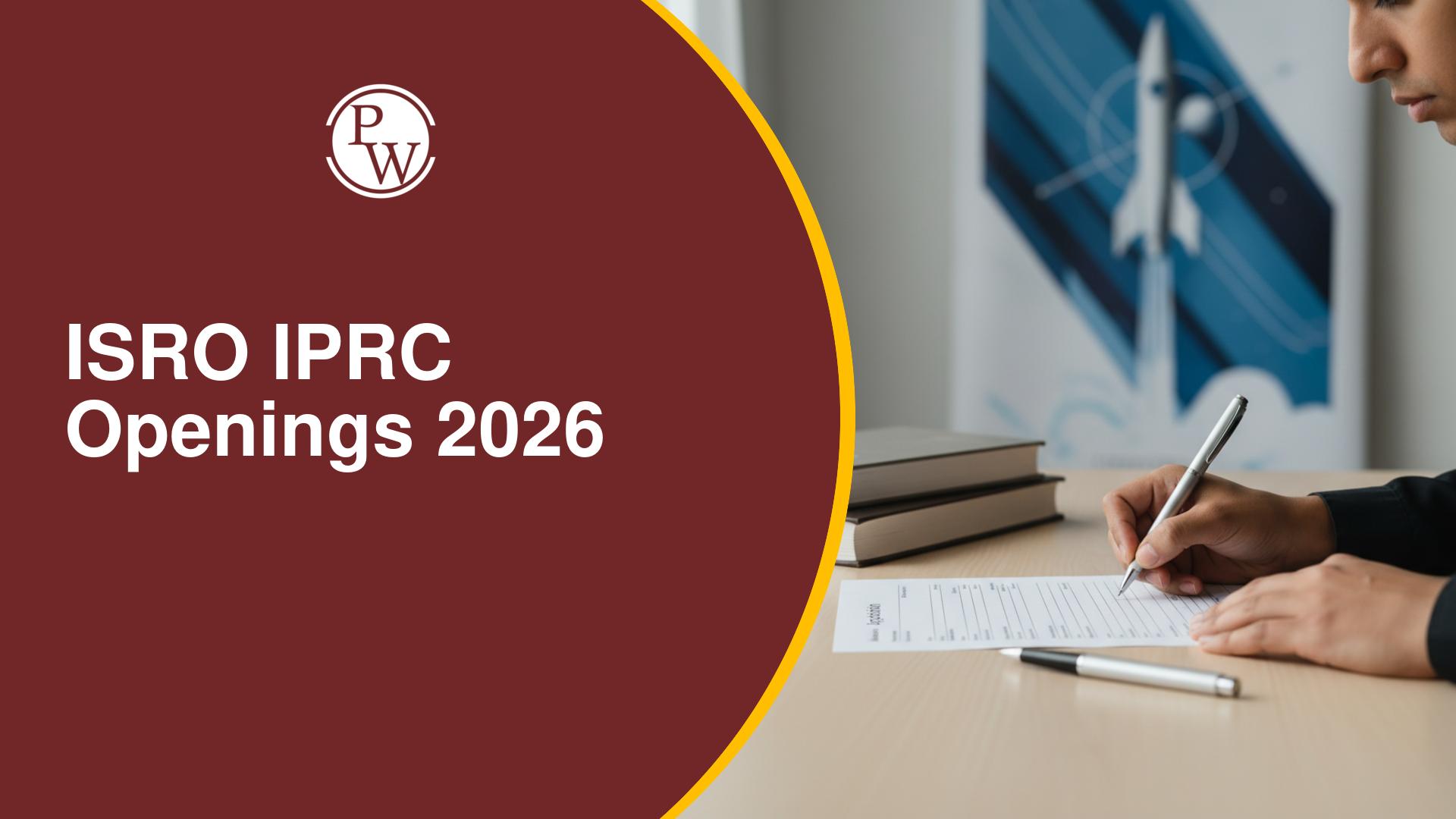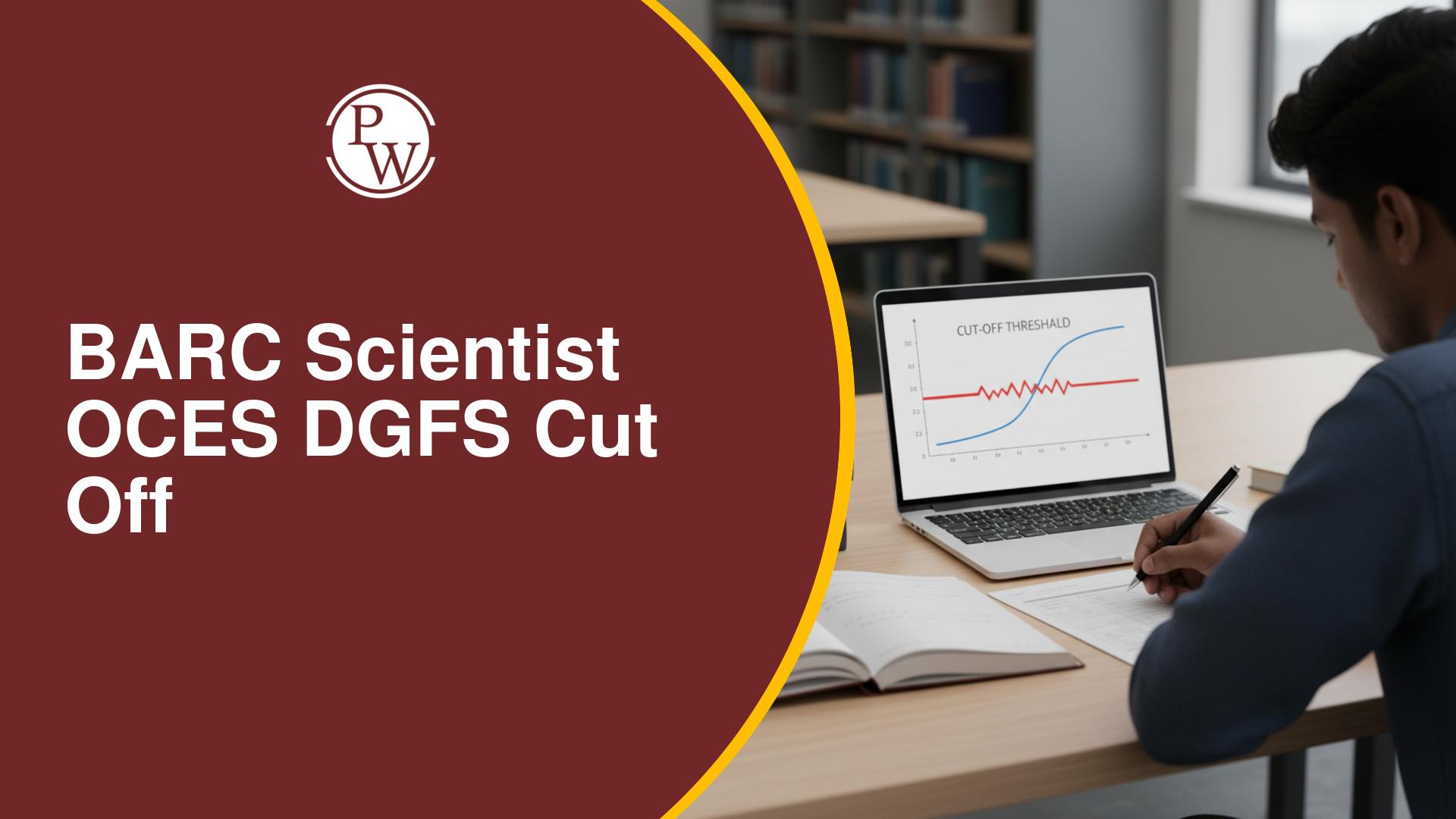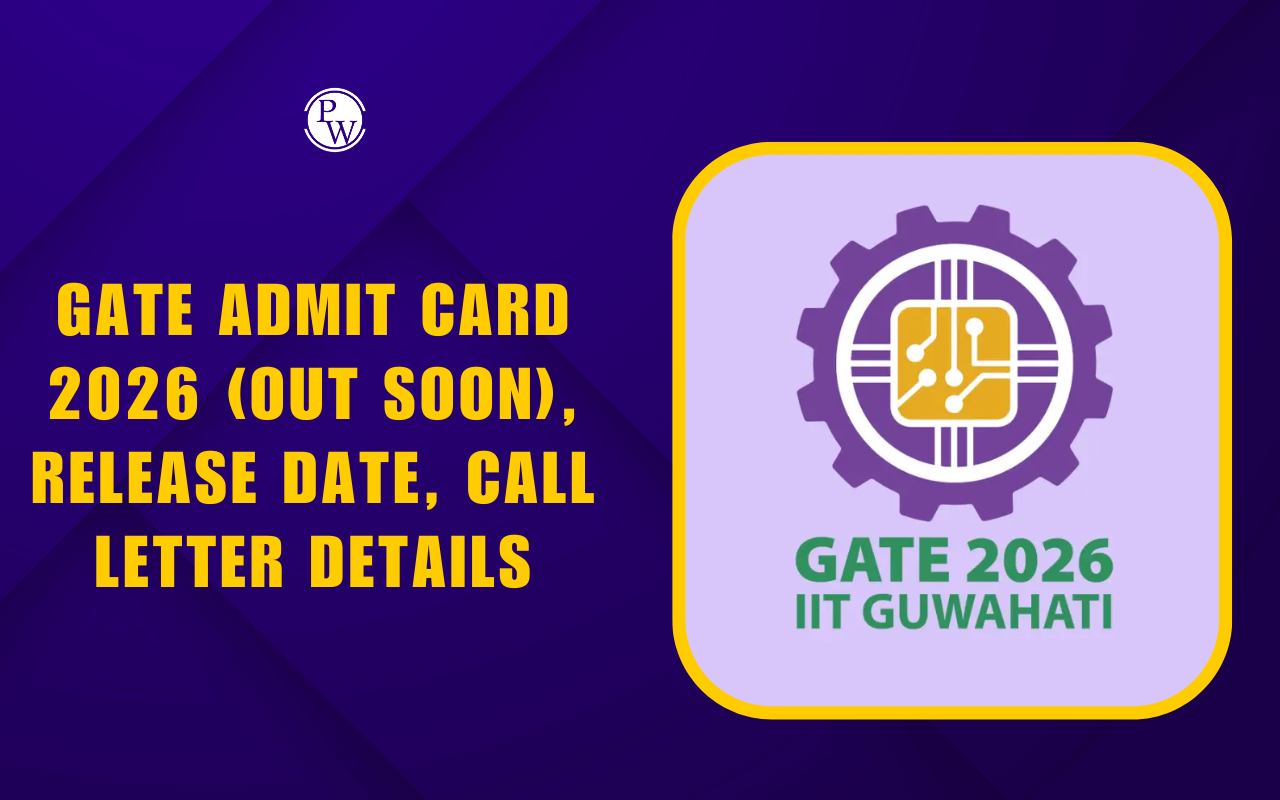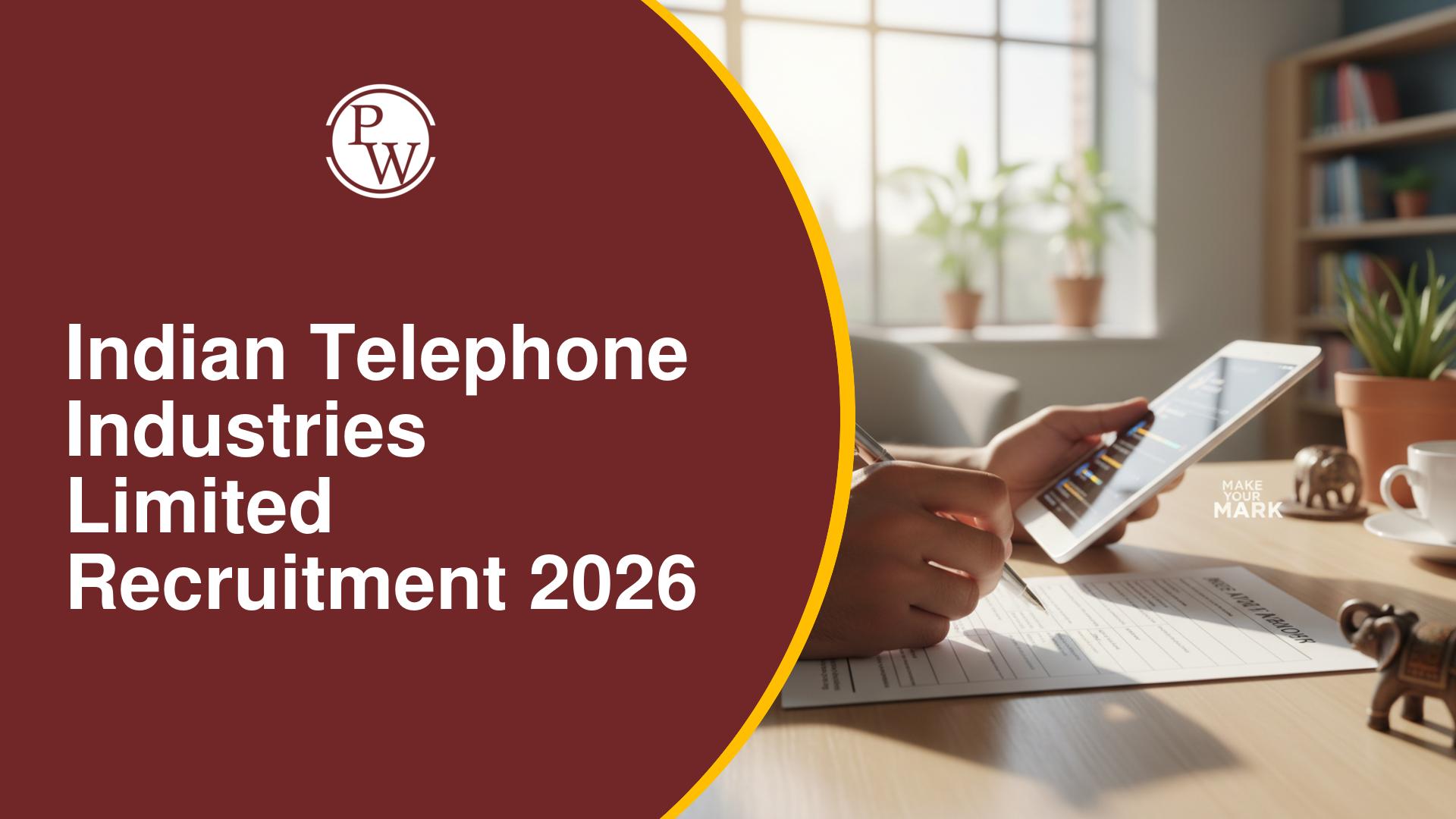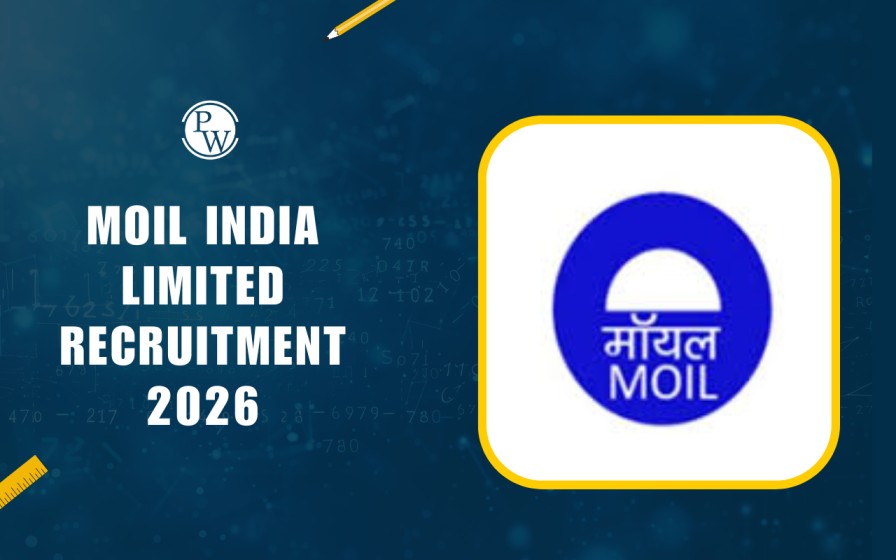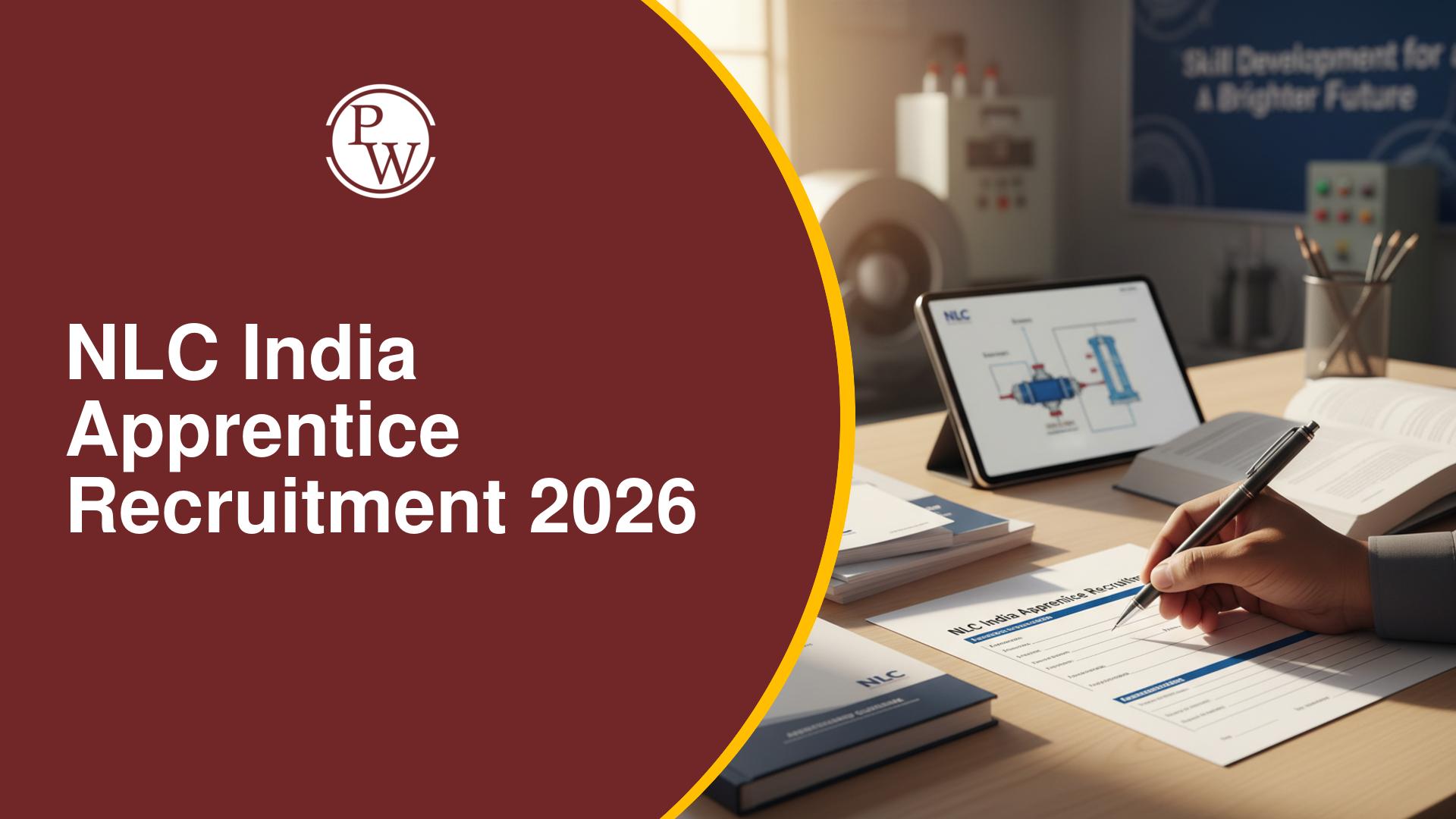
GATE Naval Architecture and Marine Engineering Syllabus 2026: The Indian Institute of Technology Guwahati will host the Graduate Aptitude Test in Engineering in 2026 for various branches, including Naval Architecture and Marine Engineering.
Candidates who want to take the GATE 2026 examination for Naval Architecture and Marine Engineering must be familiar with the syllabus to prepare effectively.
The GATE NM Syllabus aims to assess the candidate's knowledge in design and construction of naval vessels such as ships, yachts, steamers, tugboats, and other types of vessels, as well as the construction of naval yards and harbors.
It is essential for aspirants to thoroughly review the entire GATE Naval Architecture and Marine Engineering Syllabus to curate their structured study plan. In this article, we have discussed the complete syllabus for all the subjects included in the GATE NM Paper to excel-in the aspirant's preparation.
GATE Naval Architecture and Marine Engineering Syllabus 2026
The GATE Syllabus for Naval Architecture and Marine Engineering was added in the 2022 exam. It includes five sections, namely: Engineering Mathematics, Applied Mechanics and Structures, Fluid Mechanics and Marine Hydrodynamics, Naval Architecture and Ocean Engineering, in addition to Thermodynamics and Marine Engineering which cover a wide range of sub-topics to test aspirant's knowledge in the core discipline:
| GATE Naval Architecture and Marine Engineering Subjects 2026 | |
| Section | Subjects |
| Section 1 | Engineering Mathematics |
| Section 2 | Applied Mechanics and Structures |
| Section 3 | Fluid Mechanics and Marine Hydrodynamics |
| Section 4 | Naval Architecture and Ocean Engineering |
| Section 5 | Thermodynamics and Marine Engineering |
GATE Naval Architecture and Marine Engineering Syllabus 2026 for General Aptitude
The General Aptitude section of the GATE Naval Architecture and Marine Engineering Syllabus 2026 consists of topics such as quantitative aptitude, analytical aptitude, and spatial aptitude.
Find out the important topics from the GA section of the GATE Naval Architecture and Marine Engineering Syllabus below:
| GATE Naval Architecture and Marine Engineering Syllabus 2026 (GA) | |
| Topics | Sub-topics |
| Verbal Aptitude | English grammar, vocabulary, Reading and comprehension, Narrative sequencing |
| Quantitative Aptitude |
|
| Analytical Aptitude |
|
| Spatial Aptitude |
|
GATE Naval Architecture and Marine Engineering Syllabus 2026 for Core Subjects
The GATE Naval Architecture and Marine Engineering Syllabus 2026 is divided into five major sections, as previously stated. For aspirants' convenience, important topics from the GATE Naval Architecture and Marine Engineering Syllabus are tabulated below:
|
GATE Naval Architecture and Marine Engineering Syllabus 2026 |
|
|
Section 1: Engineering Mathematics |
|
|
|
|
Section 2: Applied Mechanics and Structures |
|
| Engineering Mechanics | Free-body diagrams and equilibrium; trusses and frames; virtual work; kinematics and dynamics of particles and rigid bodies in plane motion; impulse and momentum (linear and angular); and energy formulations |
| Vibrations | Free and forced vibration of damped and undamped systems, single and multi DOF systems |
| Mechanics of Materials | Stress and strain , elastic constants, Poisson’s ratio; Mohr’s circle for plane stress and plane strain; shear force and bending moment diagrams; bending and shear stresses; torsion; Euler’s theory of columns; energy methods; theories and Failure; material testing methods |
| Machine Design | Design for static and dynamic loading; Design of machine elements such as shafts, gears, and rolling and sliding contact bearings; Joining techniques such as bolting, riveting, and welding |
|
Section 3: Fluid Mechanics and Marine Hydrodynamics |
|
| Fluid Mechanics | Fluid properties; fluid statics, stability of floating bodies; Conservation laws: Mass, momentum, and energy (Integral and differential form); Dimensional analysis and dynamic similarity; sources, sinks, doublets, line vortex, and their superposition; Stoke’s integral theorem. Generalized Bernoulli’s equation, sources, sinks, dipole, Flow with circulation, potential flow with rotational symmetry, hydrodynamical lift, Kutta-Joukowski theorem. Vortex motion- Fundamental concepts, vortex analogy to Biot-Savart’s law, straight parallel vortex filaments, vortex sheets. Viscous flow - Navier-Stokes equations, Couette flow, Plane poiseuille flow. Equation of continuity, Euler‘s equation, Bernoulli‘s equation, Viscous flow of incompressible fluids, elementary turbulent flow, boundary layer, flow through pipes. |
| Hydrodynamics | Vorticity and Kelvin’s theorem, potential flow theory, sources, sinks, and doublets, hydrodynamic forces in potential flow, D’Alembert’s paradox, added mass, slender body theory, hydrodynamic model testing, scaling laws, and application of potential theory to surface waves, energy transport, wave/body forces, and linearized theory of lifting surfaces |
| Boundary layer theory | Prandtl’s boundary layer equations, criterion for separation, Blasius solution, Skin friction, displacement thickness, momentum thickness, Turbulent boundary layer, and Boundary layer control. Airfoils- Lift, drag, circulation, pressure distribution -theory of thin aerofoils, wings of infinite and finite span, circulation distribution, Cavitation |
|
Section 4: Naval Architecture and Ocean Engineering |
|
| Ship Geometry and Physical Fundamentals | Archimedes’ principle, buoyancy, and weight of ship, laws of flotation, heel and trim, stable and unstable equilibrium of ships, importance of streamlined hull shape, ship main particulars, hydrostatic calculations |
| Stability and Trim of Ships | Statical stability at small angles of heel, inclining experiment, shift of centre of gravity due to mass changes, transverse movement of mass and effect, free surface effect, effect of suspended mass, stability at large angles of heel, angle of loll, curves of statical stability, dynamical stability, damage stability, characteristic curves of dynamic stability, floodable length calculations and curves, loss of stability due to grounding, docking stability |
| Resistance and Propulsion | Components of ship resistance, form factor, hull roughness, and resistance prediction methods, tank wall effects, determination of ship resistance from different test results, the resistance of advanced vehicles, appendage and added resistance, propeller geometry and theories, hull-propeller interactions, propulsive efficiency definitions, propeller cavitation and effects, propeller design and series, open water and self-propulsion model tests, different types of propellers and their principles, propeller material, strength, and manufacturing, unconventional propellers |
| Ship Manoeuvring and Motions | Ship path keeping and changing, equations of motion, linearized equations and control fixed stability indexes, model tests for stability and control, rudder hydrodynamics, design, and operation, influence of propeller, hull, and appendages on rudder performance, experimental methods for hydrodynamic derivatives determination, ocean wave types and characteristics, ship motions, equations of motion, dynamic effects of ship motion in seaway, ship motion stabilizers and methods for determining ship motions, seakeeping features of high-performance marine vehicles |
| Ship Structures and Strength | Shipbuilding materials and joining techniques, ship structural and framing systems, bottom, side, deck, bulkhead, end structures and connections, primary and secondary structural members, superstructure, hatch covers, machinery foundations, cargo handling systems, and support structures, loads acting on ships in a seaway, longitudinal and transverse strength considerations and estimation methods, strength of hull girder, stiffened plate analysis, torsion of hull girder, deformation and stresses, local strength analysis, reliability analysis and ultimate strength of hull girder, structural vibrations, fatigue, and fracture |
| Physical Oceanography | Physical properties of seawater, ocean waves - tides and wind waves), offshore structures: fixed and floating platforms, mooring and station keeping, port and harbor engineering: port structures, dredging, navigation |
|
Section 5: Thermodynamics and Marine Engineering |
|
| Thermodynamics | First law of thermodynamics- Closed system undergoing a cycle, closed system undergoing a change of state, Internal energy of a system, Expansion work, Process using ideal gas, The second law of Thermodynamics, Carnot cycle- Carnot engine, refrigerator, and heat pump. Clausius inequality and definition of entropy, change of entropy of an ideal gas, Gas power cycles, and I.C.Engines, Carnot cycle, Brayton cycle, Ericsson cycle, Stirling cycle, Comparison with vapor compression systems, Humidification and dehumidification, Cooling and humidification, Cooling and dehumidification- Heating and humidification, Heating and dehumidification, Adiabatic mixing of air streams |
| Marine Diesel Engines | General engine principles, Low-speed and medium-speed diesel engines, Two and Four-stroke engines, Scavenging and turbocharging, Fuel oil system, Lubricating oil systems, cooling systems, torque and power measurement, Starting air systems and reversing systems, controls and safety devices, Couplings and Gearboxes, Specific Fuel Consumption, Waste heat recovery system, MARPOL regulations, Energy Efficiency Design Index (EEDI), Ship Energy Efficiency Management Plan (SEEMP) |
| Marine Steam Turbines | Types of turbines, compounding, reheat, turbine construction, rotors, blades, casing, gland sealing, diaphragms, nozzles, bearings, lubrication systems, expansion arrangements, and gearings. Marine gas turbines: Fundamentals of gas turbines, structure of gas turbines, gearing, operational features, controls, combined cycles. Nuclear propulsion: Physical principles of the operation of nuclear reactors, use of nuclear propulsion on sea-going vessels. Electrical Propulsion |
| Marine Boilers | Types: Fire tube boilers, water tube boilers, Package boilers, Cochran Boilers, Composite boilers, steam to steam generators, double evaporation boilers, exhaust gas heat exchangers, auxiliary steam plant systems, exhaust gas boilers, composite boilers. Boiler mounting, combustion, feed system, feed water treatment |
| Engine Dynamics | Torsional vibration of engine and shafting, axial shaft vibration, critical speeds, engine rating, rating corrections, trial tests etc. Relationship of engine to the propeller classification society rules on engine construction, Engine room arrangement. Automation of ship propulsion plants, Maintenance requirements and reliability of propulsion plants |
| Marine Auxiliary Machinery & Systems | Different types of pumps and piping systems in ships - hot water, drinking water, cooling water and seawater, fuel oil systems, lubricating oil system filters, coolers, centrifuges, purifiers and clarifiers, bilge and ballast systems, sewage disposal, oily water separators; air compressors, boilers, heat exchangers, waste heat recovery systems; Heat, ventilation and air conditioning systems; Deck machinery and cargo handling systems; Propulsion and steering gear systems |
GATE Naval Architecture and Marine Engineering Syllabus 2026 PDF
The GATE Naval Architecture and Marine Engineering Syllabus 2026 PDF will be made available by the conducting authority at gate.iitg.ac.in. The GATE NM Syllabus provides detailed information on vital topics, which greatly contributes to building a robust study plan.
Moreover, the GATE Naval Architecture and Marine Engineering subjects are general aptitude, engineering mathematics, and additional core discipline-based subjects. Find the direct link to download the GATE NM Syllabus below to boost your preparation.
GATE Naval Architecture and Marine Engineering Weightage
As per the GATE Naval Architecture and Marine Engineering exam pattern, the general aptitude section carries 15 percent weightage, while engineering mathematics and core GATE naval architecture and marine engineering subjects account for 85 percent.
Check out the GATE Naval Architecture and Marine Engineering Syllabus Topic-wise Weightage below:
| GATE 2026 Naval Architecture and Marine Engineering Weightage | |
| Subjects | Weightage in Percentage |
| General Aptitude | 15% |
| Ship Geometry and Physical Fundamentals | 10% |
| Hydrostatics and Stability | 15% |
| Seakeeping | 10% |
| Ship Propulsion and Machinery | 20% |
| Ship Structures and Materials | 10% |
| Marine Electrical and Electronic Systems | 10% |
| Ocean Engineering | 5% |
GATE Naval Architecture and Marine Engineering Exam Pattern 2026
As per the GATE Naval Architecture and Marine Engineering Exam Pattern 2026, the GATE NM paper will consist of 65 questions worth 100 marks. These questions will be based on the GATE Naval Architecture and Marine Engineering Syllabus.
Furthermore, the nature of the questions will be multiple-choice, multiple-select, and numerical-type questions. The exam will last for 3 hours:
|
GATE Naval Architecture and Marine Engineering Exam Pattern 2026 |
|||
| GATE NM Paper Sections | Distribution of Marks | Total Marks | Types of Questions |
| General Aptitude | 5 questions of 1 mark each (5x1=5) 5 questions of 2 marks each (5x2= 10) | 15 marks | MCQs |
| GATE Naval Architecture and Marine Engineering Core Syllabus | Varies | 85 marks | MCQs, MSQs, NATs |
| Negative Marking |
|
||
Elevate your GATE readiness with Physics Wallah’s GATE Online Courses . PW GATE Online Coaching offers comprehensive live sessions tailored to the syllabus, invaluable study materials, practice tests, and much more.
GATE Naval Architecture and Marine Engineering Syllabus 2026 FAQs
Q. How many sections are there in the GATE Naval Architecture and Marine Engineering Syllabus 2026?
Q. Where can I download the GATE Naval Architecture and Marine Engineering Syllabus PDF?
Q. Is the GATE Naval Architecture and Marine Engineering subject new?
Q. How do I approach the GATE Naval Architecture and Marine Engineering syllabus 2026?
Q. Is there any optional subject in the GATE Naval Architecture and Marine Engineering Syllabus 2026?



